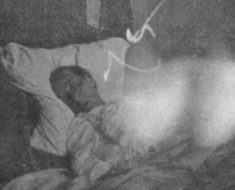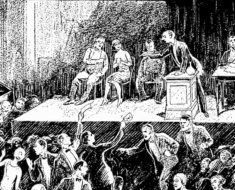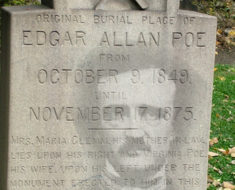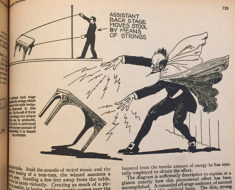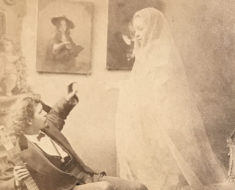I’m going to think of something as I type this and telepathically send it out to each of you reading this. Email me back and tell me what I was thinking.
This is the sort of test Sir Oliver Lodge, a renowned English physicist, tried in 1927.
That’s right: mass telepathy.
On February 16th, Lodge and the Psychical Research Society worked with six scientists to conduct a telepathic experiment. They were locked in a room in the Bloomsbury area of London—with telephones cut off and windows sealed shut—and collectively projected thoughts out into the world. Each message was written down and sealed in an envelope.
Dr. V. J. Woolley, secretary of the society, led the scientists in the room, while Lodge sat in the offices of the British Broadcasting Company. From there, he announced the test over the radio waves. Listeners from around the world were encouraged to send in any telepathic impressions they received from the scientists. The responses would then be compared with the messages tucked away in the envelopes.
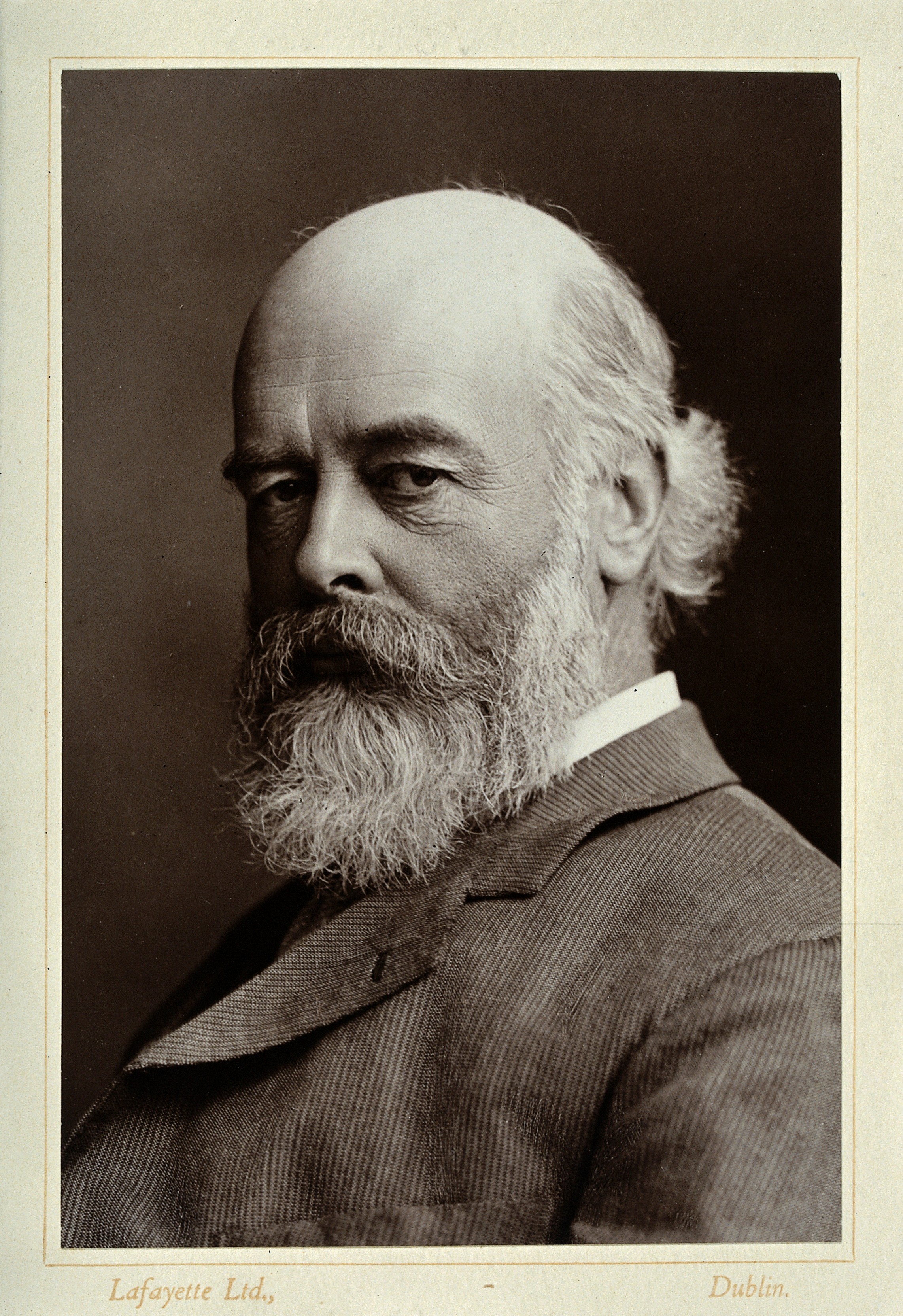
Telepathy experimenter: Sir Oliver Lodge. Photograph by Lafayette Ltd. Credit: Wellcome Library, London. Wellcome Images, images@wellcome.ac.uk
http://wellcomeimages.org
The scientists were tasked with five different thought experiments for the public to receive:
- Think of a playing card for three minutes.
- Think of a picture.
- Think of an object.
- Think of another playing card.
- Think of another object.
Lodge, acting as a true scientist, assured the world that he’d make allowances for chance.
A newspaper report of the event quoted a listener after the experiment:
We posted our answers early next morning, and all through the night the six members of the Psychical Research Society kept their lonely vigil. They were locked up somewhere in Bloomsbury until 9 o’clock next morning, so that answers could be posted before there was any possibility of any of them revealing the secrets. The most vivid impression left on the mind after this mass experiment was of the heavily weighted postman and the sacks of letters which would find their way to those Tavistock rooms before 48 hours had gone by.”
This vision of the busy postmen was accurate: by noon the next day ten thousand letters were delivered to Lodge and the society. And thousands more continued to pour in to the tune of more than 25,000.
The answers, as revealed from the envelopes, were the following:
- Two of clubs in green on a black background.
- A Japanese print with a skull and two birds, with green grass in the foreground.
- Three sprays of lilac held out in a hand.
- Nine of hearts in red on a black background.
- Woolley wearing a grotesque mask with a bowler hat.
Days later, the results were published. They were less than stellar:
- 148 people guessed the two of clubs for the first card, while 39 guessed it for the second card that was thought. Dr. Woolley wondered if it was a delayed impression.
- Four listeners described the Japanese print as a picture of a skull. One added the detail of it being in a garden. Thirty described a picture of birds.
- Continuing Woolley’s theory of delay, 687 people believed the third object was a skull, and the fifth image was also described as a skull by 148 others.
- One person described the third image as a lilac, however 151 people said “white flowers.”
- The nine of hearts was correctly perceived by 93 people.
- And finally, regarding the image of Dr. Woolley in an ugly mask with a hat, the society received 76 responses indicating amusement, 51 seeing a bowler hat, and 83 of a mask.
These numbers, as reported by newspapers, were said to be below what would be given by chance guessing. Therefore, the experimenters failed to discover any proof of mass telepathic abilities. They did, however, succeed in getting mass press coverage of their mission.
Lodge was not dissuaded. Months later, in September, he continued his pursuit and pleaded with the Science Congress to no longer ignore psychic research.


